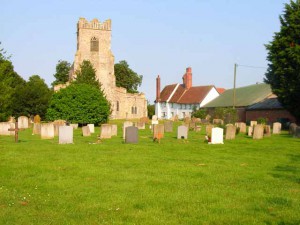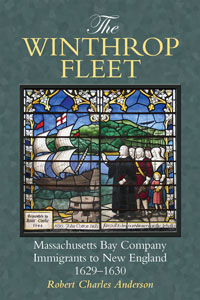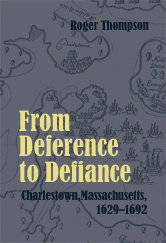 Now that my book on genealogical research methods (Elements of Genealogical Analysis) is out, I have turned my attention to the series of lectures I will be delivering in October and November; these, in turn, will form the basis for a future book entitled Puritan Pedigrees: The Deep Roots of the Great Migration to New England.
Now that my book on genealogical research methods (Elements of Genealogical Analysis) is out, I have turned my attention to the series of lectures I will be delivering in October and November; these, in turn, will form the basis for a future book entitled Puritan Pedigrees: The Deep Roots of the Great Migration to New England.
In most of the Great Migration volumes, I have been able to examine the motivations of the migrating families only in the context of events at the time of migration. A few years ago, while working on The Winthrop Fleet, I began to get a better feel for the deeper connections and influences which had been developing for decades and for generations leading up to the migration decision. Continue reading Puritan Pedigrees





